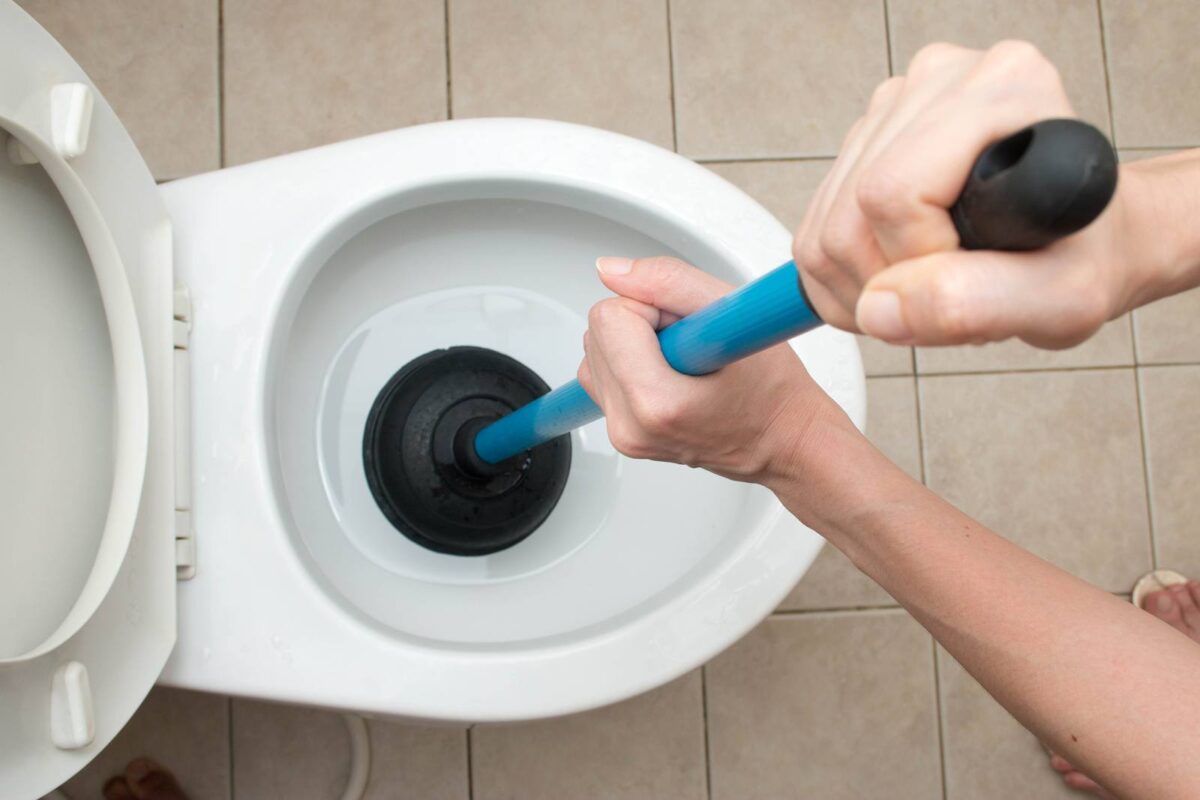How to clean the toilet drain: if you have clogged the bathroom again and you can’t stand it anymore to contact your plumber to fix it, we at Pianeta design are ready to give you some useful suggestions to tackle the issue with DIY. Read on.

To avoid cyclical clogging of the toilet you should follow a few simple rules is regularly dedicate yourself to a little bit of healthy maintenance. Going from a small problem to a bigger one is a short step but it will be enough to dedicate a portion of your time to the bathroom and with the right knowledge and the right tools, you can save yourself unnecessary damage and, above all, waste of useless money.
Who said that chemicals are the most suitable? In the course of our article you will learn about the most common problems concerning the drainage of your toilet and to remedy it with water, vinegar and bicarbonate. Are you ready?
Read also: Washing machine maintenance: complete guide to small problems
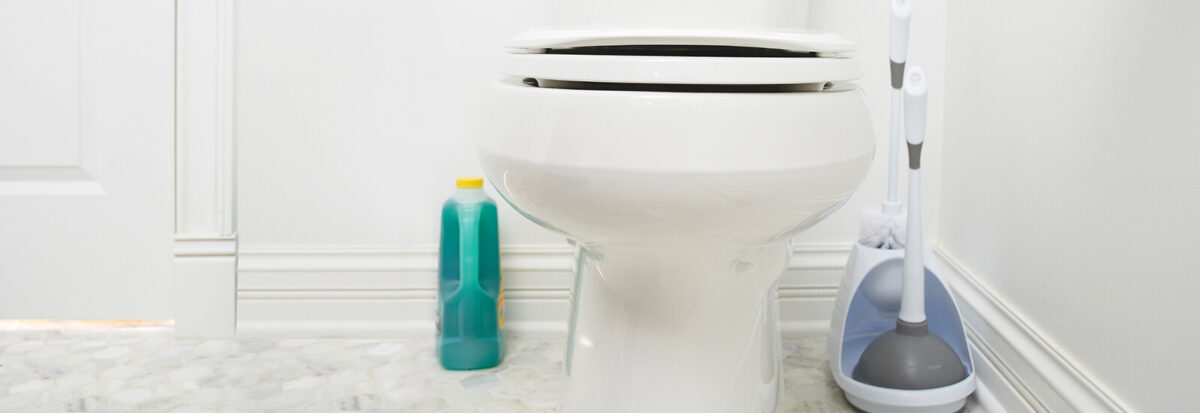
What causes a slow flush in the toilet
First of all, let’s start by understanding what may be the reasons that lead your exhaust to slow down:
- low levels of water in the tank: first thing to check, by removing the lid of the tank of your toilet, is the water level. If it is lower than usual, it could be a problem with your toilet tank but also other parts or systems. Maintenance, in this phase, becomes fundamental.
- buildup or obstruction in the drain: how to check it? Take a liter of water and pour it into the toilet: if the level rises, the problem is with the drain, if it goes down or remains the same, the problem is the toilet tank.
- accumulation of minerals or sediments along the edge: if, finally, you notice that the drain is starting to be slower than usual, the problem could be in the holes of the jet that surround the edge of your toilet.
One step at a time, we will try to solve each of these problems togetheri but remember that if you do not have the proper tools or you are not familiar with plumbing work you could create more harm than good, then it is better to consult a plumbing professional.
Now we are really ready to go: what tools are needed? Let’s find out together.
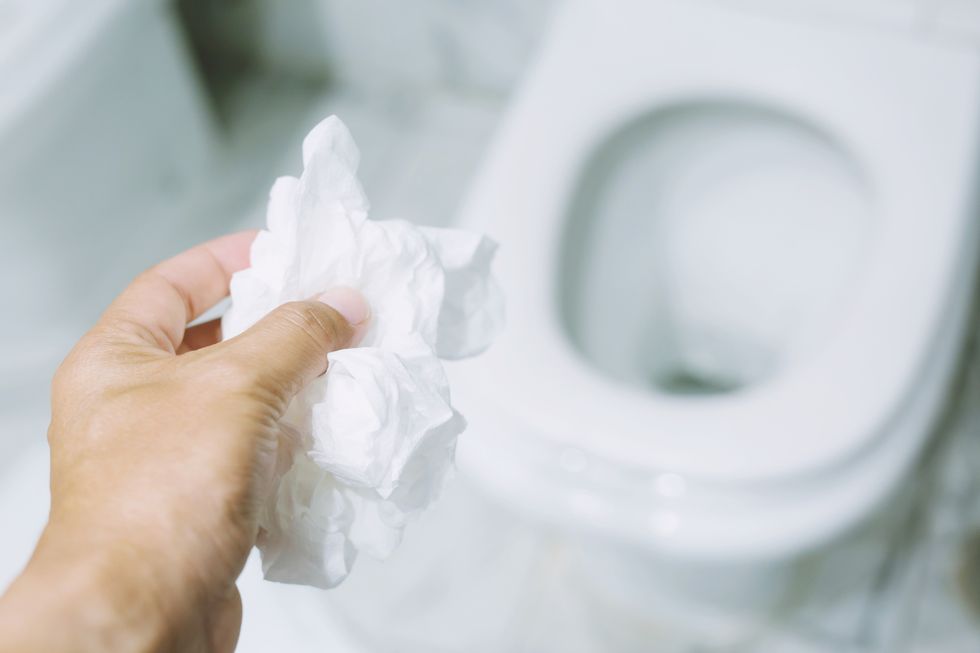
The tools you need
Before starting, we recommend that you wear a pair of protective gloves and cover the floor with a few sheets of newspaper, then we can start using basically one of the two tools indicated below:
- a plunger: working by entering the toilet is the easiest way to solve the problem. Gently enter the toilet with your plunger and then with increasing determination proceed to make constant and regular movements from the bottom up. Up and down about ten times to remove the block. Finally, try downloading to see if you have resolved effectively.
- a plumber snake: is one very flexible tool, longer than the classic tube and to be inserted in the toilet at least every 6 months to guarantee maintenance more detailed. Insert your snake until you feel a block and rotate trying to remove any obstructions present. An equally valid alternative if you can’t find this tool can be a wire hanger to forge if necessary.
We now come to the right products to use.
You may be interested in: IKEA bathroom furniture: low cost ideas and solutions
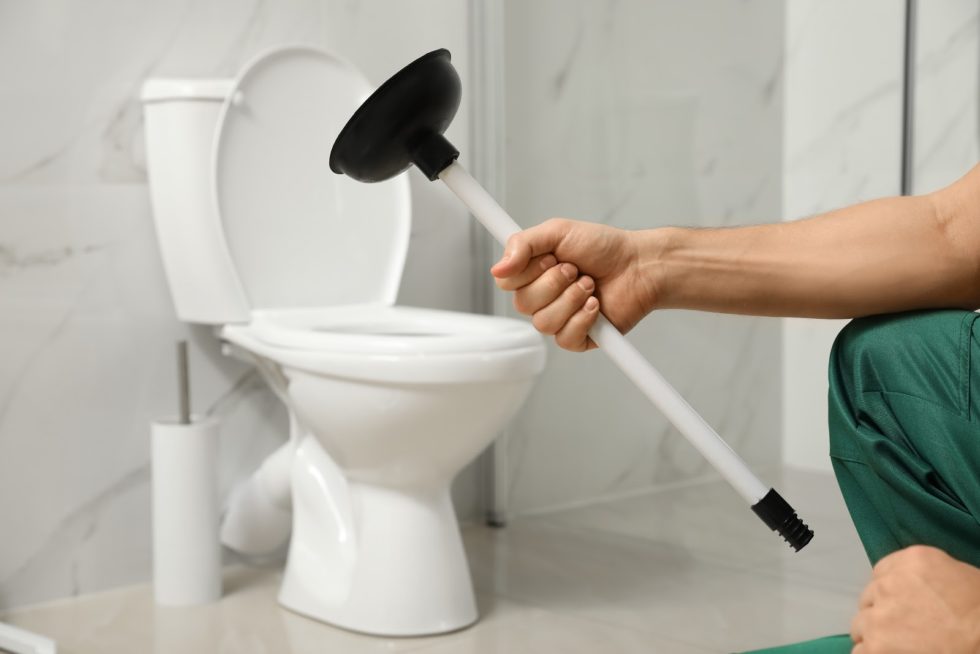
How to clean the toilet drain: 3 natural remedies
Rather than using aggressive chemical detergents that sometimes prove to be ineffective, it is better to focus on all green solutions. Which are the best? Among the many suggested, we at Pianeta design have tested three:
- hot water: A nice bucket or a small bowl, depending on the problem, can be slowly poured into the toilet to remove any obstructions. Heat some on the stove and make sure it’s not never hot because it could damage your ceramic vase.
- dish soap or alternatively shampoo or shower gel combined with boiling water they can help you dissolve and clear blockages in your drain.
- a blend of baking soda and vinegar in equal parts, it will create the right chemical reaction to free the drain of your toilet. Do you remember the volcano effect studied in middle school? Seeing is believing.
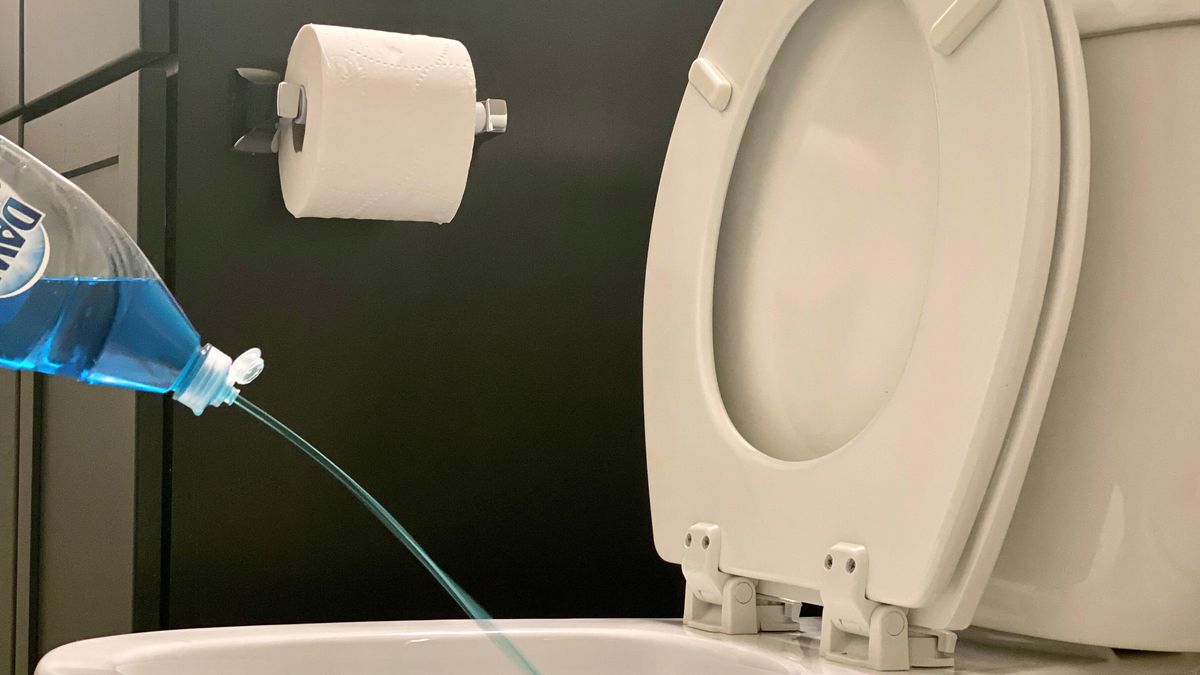
Do you want design advice on how to furnish? Join the group
What not to do absolutely
Finally, we greet you with some rules to follow to prevent your drain from clogging quickly, follow them carefully:
- do not use chemical cleaners unnecessarily: they can damage your toilet, including the pipes.
- do not throw in the drains nothing other than toilet paper: no a cotton swab, sanitary napkins is diapers.
- if you clean your brush you give hair do not throw them in the toilet.
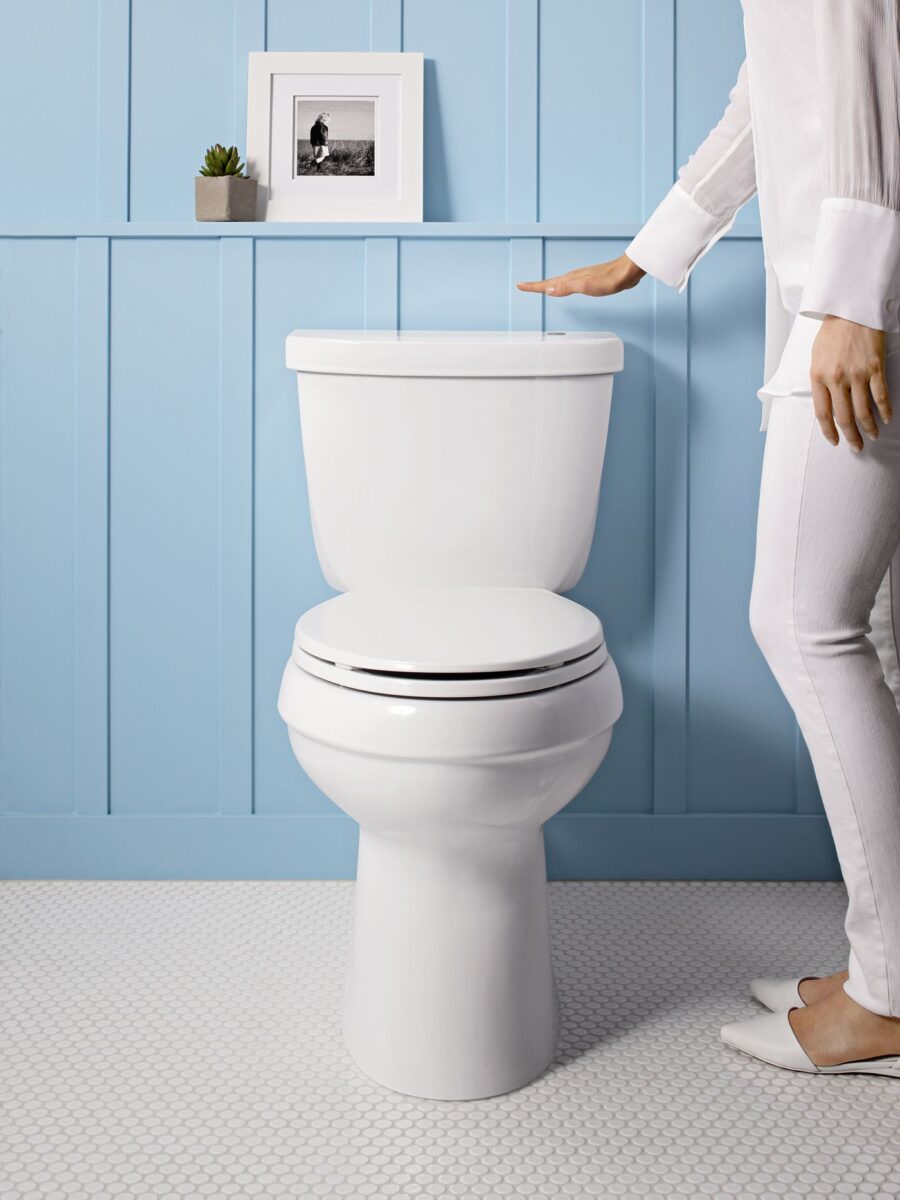
How to clean the toilet drain: photos and pictures
If you have read our short guide carefully, you will now be able to deal with the problems that concern the drainage of your toilet in complete tranquility and sometimes prevent them from being created. In case of stubborn problems, however, do not hesitate to contact your trusted plumber.
Don’t forget to take a final look at the following images before you leave. Good job!
How to clean the toilet drain: if you have clogged the bathroom again and you can’t stand it anymore to contact your plumber to fix it, we at Pianeta design are ready to give you some useful suggestions to tackle the issue with DIY. Read on.

To avoid cyclical clogging of the toilet you should follow a few simple rules is regularly dedicate yourself to a little bit of healthy maintenance. Going from a small problem to a bigger one is a short step but it will be enough to dedicate a portion of your time to the bathroom and with the right knowledge and the right tools, you can save yourself unnecessary damage and, above all, waste of useless money.
Who said that chemicals are the most suitable? In the course of our article you will learn about the most common problems concerning the drainage of your toilet and to remedy it with water, vinegar and bicarbonate. Are you ready?
Read also: Washing machine maintenance: complete guide to small problems

What causes a slow flush in the toilet
First of all, let’s start by understanding what may be the reasons that lead your exhaust to slow down:
- low levels of water in the tank: first thing to check, by removing the lid of the tank of your toilet, is the water level. If it is lower than usual, it could be a problem with your toilet tank but also other parts or systems. Maintenance, in this phase, becomes fundamental.
- buildup or obstruction in the drain: how to check it? Take a liter of water and pour it into the toilet: if the level rises, the problem is with the drain, if it goes down or remains the same, the problem is the toilet tank.
- accumulation of minerals or sediments along the edge: if, finally, you notice that the drain is starting to be slower than usual, the problem could be in the holes of the jet that surround the edge of your toilet.
One step at a time, we will try to solve each of these problems togetheri but remember that if you do not have the proper tools or you are not familiar with plumbing work you could create more harm than good, then it is better to consult a plumbing professional.
Now we are really ready to go: what tools are needed? Let’s find out together.

The tools you need
Before starting, we recommend that you wear a pair of protective gloves and cover the floor with a few sheets of newspaper, then we can start using basically one of the two tools indicated below:
- a plunger: working by entering the toilet is the easiest way to solve the problem. Gently enter the toilet with your plunger and then with increasing determination proceed to make constant and regular movements from the bottom up. Up and down about ten times to remove the block. Finally, try downloading to see if you have resolved effectively.
- a plumber snake: is one very flexible tool, longer than the classic tube and to be inserted in the toilet at least every 6 months to guarantee maintenance more detailed. Insert your snake until you feel a block and rotate trying to remove any obstructions present. An equally valid alternative if you can’t find this tool can be a wire hanger to forge if necessary.
We now come to the right products to use.
You may be interested in: IKEA bathroom furniture: low cost ideas and solutions

How to clean the toilet drain: 3 natural remedies
Rather than using aggressive chemical detergents that sometimes prove to be ineffective, it is better to focus on all green solutions. Which are the best? Among the many suggested, we at Pianeta design have tested three:
- hot water: A nice bucket or a small bowl, depending on the problem, can be slowly poured into the toilet to remove any obstructions. Heat some on the stove and make sure it’s not never hot because it could damage your ceramic vase.
- dish soap or alternatively shampoo or shower gel combined with boiling water they can help you dissolve and clear blockages in your drain.
- a blend of baking soda and vinegar in equal parts, it will create the right chemical reaction to free the drain of your toilet. Do you remember the volcano effect studied in middle school? Seeing is believing.

Do you want design advice on how to furnish? Join the group
What not to do absolutely
Finally, we greet you with some rules to follow to prevent your drain from clogging quickly, follow them carefully:
- do not use chemical cleaners unnecessarily: they can damage your toilet, including the pipes.
- do not throw in the drains nothing other than toilet paper: no a cotton swab, sanitary napkins is diapers.
- if you clean your brush you give hair do not throw them in the toilet.

How to clean the toilet drain: photos and pictures
If you have read our short guide carefully, you will now be able to deal with the problems that concern the drainage of your toilet in complete tranquility and sometimes prevent them from being created. In case of stubborn problems, however, do not hesitate to contact your trusted plumber.
Don’t forget to take a final look at the following images before you leave. Good job!

